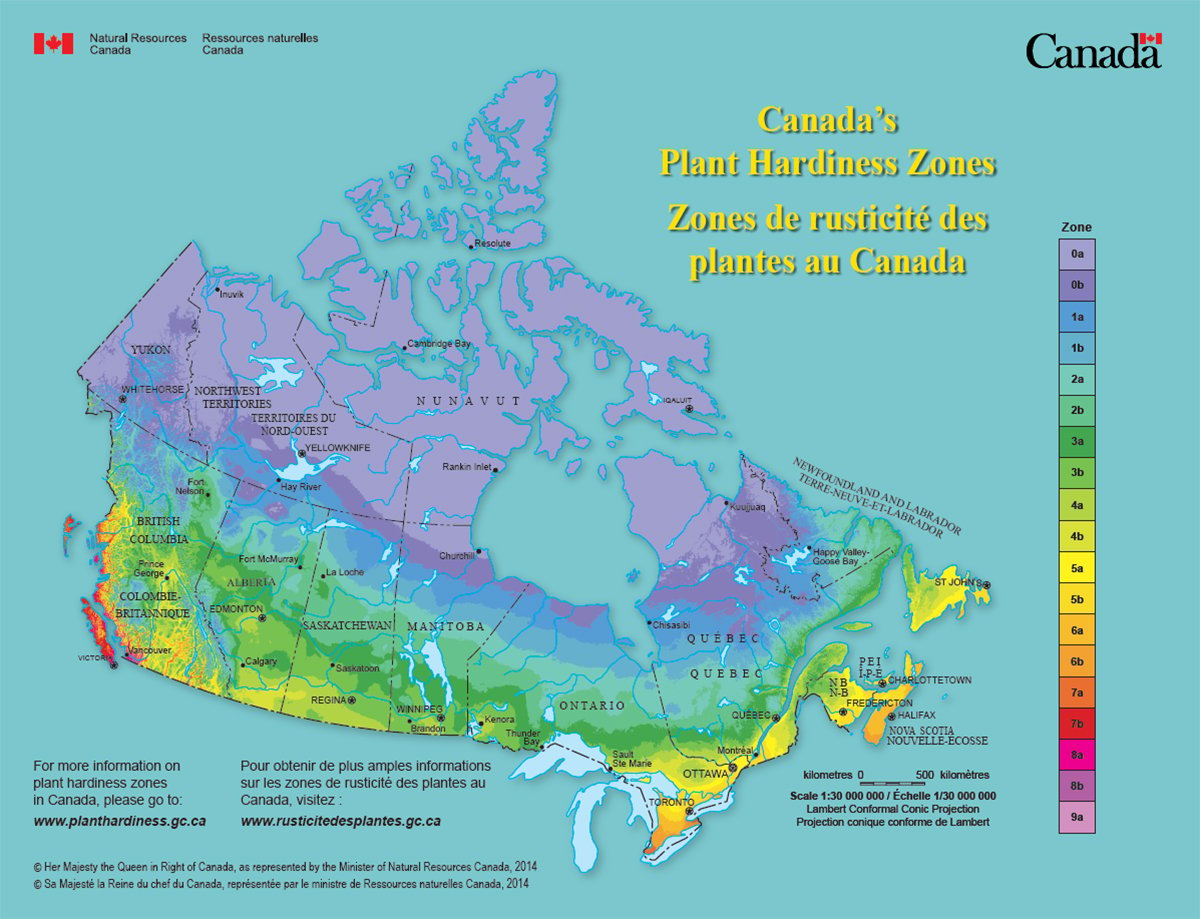The increased use and capabilities of digital technology provides many opportunities for farmers, such as running an irrigation pivot from hundreds of kilometres away and shifting business practices online during a global pandemic.
But it also increases the need to protect the agricultural sector from cyberattacks.
A recent online seminar called Cybersecurity and Your Farm Business, hosted by Glacier FarmMedia, provided producers with tips on how to do just that.
“The problem is that more and more businesses are getting hit,” said cybersecurity expert Ritesh Kotak. “They are getting hit by ransomware, phishing attacks, they are getting locked out of their data and as a result what businesses are now starting to really understand is maybe putting in a little bit of up-front investment and thinking about cybersecurity and its implications makes sense.”
Read Also

Canada’s plant hardiness zones receive update
The latest update to Canada’s plant hardiness zones and plant hardiness maps was released this summer.
Using the example of a common digital smoke detector, Kotak said those digital vulnerabilities can come from the least expected places.
“In these smoke detectors, believe it or not, there is an actual microphone,” said Kotak.
It’s a feature that isn’t labelled on the package and is only acknowledged in the terms of service of the device, which many people agree to without reading.
The massive shift online caused by the pandemic has increased the need for people to understand where information is going, being stored and for what purposes, said Kotak.
That’s particularly important for a key national sector such as agriculture, said Janos Botschner with Community Safety Knowledge Alliance, because digital technology is “changing how we produce and distribute food.”
That’s creating new opportunities but also new threats.
“We’re seeing a rise in new kinds of criminal activities and other activities,” said Botschner, highlighting cyberattacks on beef processing giant JBS, as well as Australia’s wool exchange and the most recent attack on American grain buyers.
That’s likely only going to increase and potentially filter down to farms and small processing facilities.
Kotak said that includes his family’s small nut, spice and flower processing facility in Ontario.
Many agricultural businesses increased their online capabilities after pandemic restrictions hit in 2020, sometimes with no or little experience in digital technology, said Kotak.
“They were forced online; they implemented these systems, but they never really thought about the security elements of it. They never did an external audit,” said Kotak, who added he’s dealt with ransomware attacks that have devastated businesses.
Botschner said simple measures can be taken to start securing a farm’s digital systems, such as ensuring digital devices are kept updated, limiting the types of information shared on social media about a farm operation, restricting public wi-fi system access to digital farm systems, knowing all the points of digital contact with supplies and backing up information.
The biggest check against cyberattacks comes from digital users’ actions, said Botschner. More than 90 percent of successful criminal activity is due to human error or manipulation.
It’s something hackers exploit, often during the busy seasons, when farm operations are pressed for time.
The full Cybersecurity and Your Farm Business presentation can be found on YouTube .
The Community Safety Knowledge Alliance is also asking producers to take part in a national survey to find ways to protect the ag sector from digital attacks.
















